Bats in buildings
Bats in Buildings
Is there just one bat? (If there are many bats, keep reading below!)
One bat can be carefully removed from your home. You can encourage the bat to leave in the evening by turning off all the lights in the room and opening all doors or windows to the outside; stand in a corner of the room against the wall and watch to make sure the bat flies out. If this doesn’t work, it is possible to carefully capture and release the bat. You can watch this video from Idaho Fish & Game to learn how or visit our Found a Bat page.
How can I tell if the droppings I find are from bats or mice?
Even though they are similar in size and appearance, bat and mouse droppings are different due to their different diets. Mice eat a lot of plant material and their droppings don’t crumble when pinched. Bats eat insects so their droppings contain tiny bits of insect exoskeletons and thus are sparkly in the sunshine and crumbly in texture.
How are the bats getting in?
Washington bats are quite small, and can squeeze through an one inch opening. Attics and walls provide good roost sites, and bats often can enter areas where the sides of a house meet the roof or chimney. If bats have been using an entry for any length of time, it becomes stained and easier to identify. You can also find entries by watching the area before and during sunset to see where bats emerge.
Unlike rodents, bats do not make nests nor can they gnaw, so they do not physically harm your home. If they roost in a home long enough large amounts of strong-smelling guano or urine can build up. Use the resources below to safely and humanely exclude bats from living in your buildings.
Can I get rid of bats in my attic with light? With noise? With garlic? With moth balls?
Unfortunately the answers are “no”, “no”, “no” and “no”. Bats living in attics are usually maternity colonies. The moms may put up with just about anything to keep a good roost and protect their babies, including noise, light, and strong smells. In some places, bats are able to put up with smells so strong that humans must wear protective masks. Moth balls are also a bad choice because they have been found to be a carcinogen and dangerous to the people living in the house.
How do I get rid of the bats living in my attic?
The best and safest - for both the bats and the humans - way to remove bats is to exclude them. In the Washington area, this must NOT be done during May, June, July or August because these months are when babies are born and still unable to fly. Read our Excluding Bats From Your Home section below.
If I put up a bat house, will the bats leave my attic?
Unfortunately, no. Bats are extremely faithful to a preferred roost and attics are usually much warmer, quieter, safer and larger than a bat house. But putting up a bat house before an exclusion is being done can help. When the bats are left homeless, they will have a new place to go and you will keep them in the neighborhood eating your bugs!
Visit our Bat House Central for more information on building and installing bat houses.
Visit Bat Conservation International’s Bats in Buildings web page for more information.
Excluding bats from your home
Excluding bats from your home is not difficult. Even though bats are a vital part of the ecosystem, there is no reason you need to allow them to live in your home.
They can be excluded from your dwelling by following these recommendations:
Perform exclusions only in late August or later, after the pups have been weaned and are able to leave the roost on their own. You do not want to seal young animals inside a structure where they would die and lead to further problems for you.
Identify the entries the bats are using. Find them by looking for stained places on the sides of your house and watching in the evening for the bats to emerge. If there are many entries to the same roost, seal all but one.
During the day while the bats are asleep in their roosts, create a one-way flap-valve by positioning netting (1/4″ mesh or less) hanging loosely in front of the exit. (Nylon netting can be purchased by the foot in stores such as Home Depot.) Tape or tack the top and sides, but leave the bottom open with the netting hanging loosely down a foot below the entry. The bats will be able to leave, but not reenter.
When the bats emerge, they will meet the netting and start climbing around trying to find a way out. Soon they will get out the bottom and go off to eat. But they are not clever enough to get back in the same way in the morning. You have created a “one-way door”.
Leave the netting up for 2-3 nights to make sure all the bats are out.
After a few days, take the netting down and seal the holes. This is very important because the bats will return if they can! Any caulking can be used since, unlike rodents, bats do not gnaw holes, shred materials, build nests or cause structural damage to buildings.
Think about providing an alternate home for these bats. Bat houses mounted close to the old entry are usually used quickly.
Further information and assistance
Nuisance Wildlife Control Operators These professionals are trained and regulated by Washington Department of Fish and Wildlife to provide assistance with nuisance wildlife and normally charge a fee for their services.
Washington State Department of Fish and Wildlife, Living With Bats.
Watch this helpful video on removing a bat from your living space: King County Natural Resources and Parks YouTube
